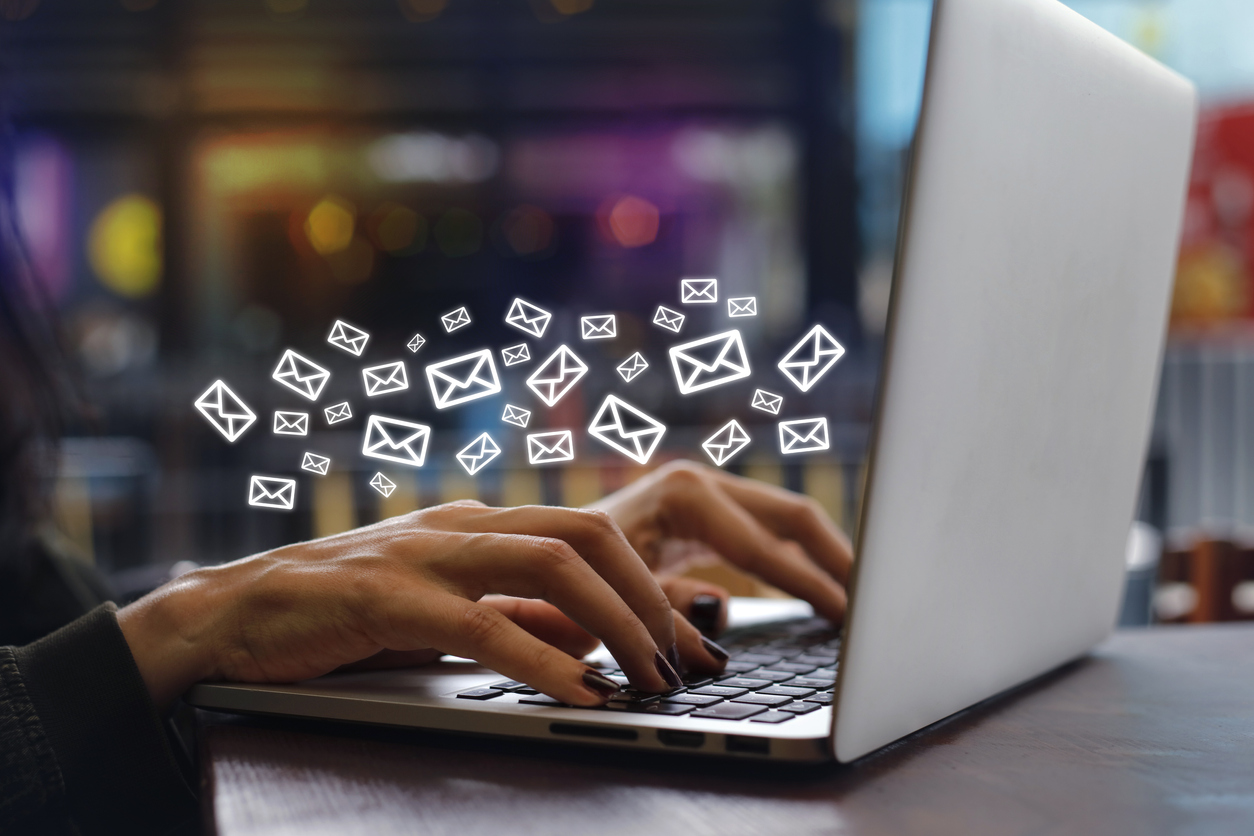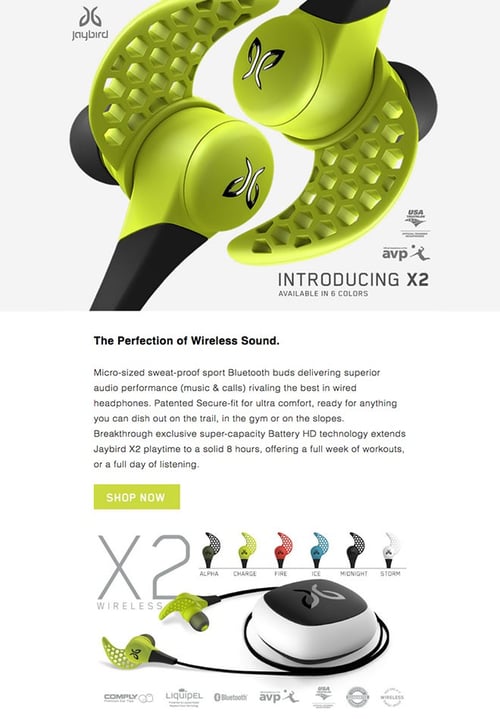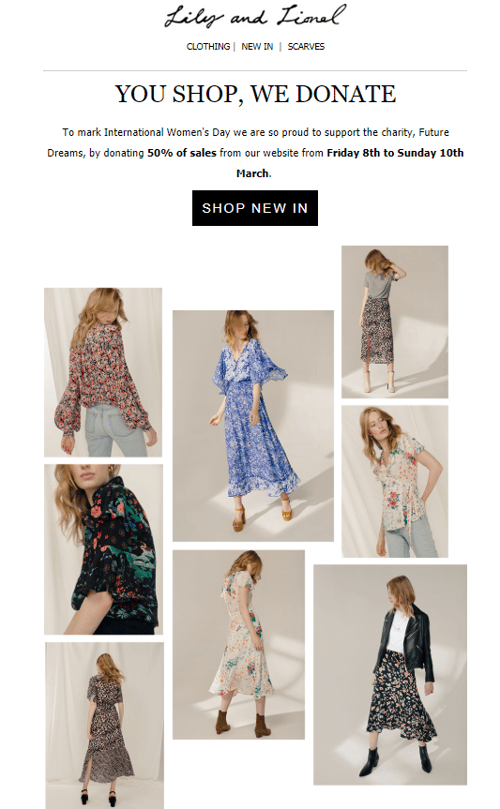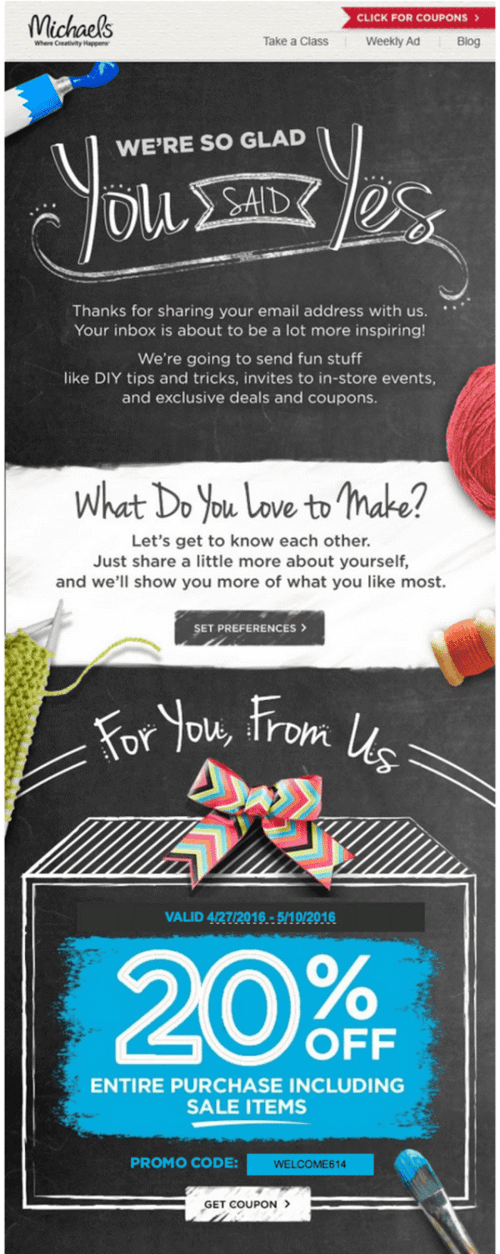
Every eCommerce business relies on automation to take its business forward. They also need easy access to automation data to see where the business needs improvement. Email marketing is the top priority for most eCommerce businesses since it delivers an ROI of $42 for every dollar spent.
Email marketing helps bring users into your funnel and keeps them on your list to buy from you. But, unless you're a renowned brand with high recall, your users are soon going to forget about your brand. To avoid that, you need to maintain a constant connection through email campaigns with drip sequences, often known as email sequences.
Discount strategies work well, but sustaining them might be difficult considering the cost involved. Implement a regular email frequency that factors in occasions or specific offer days for a long-term email strategy. To keep the reader hooked onto your emails, use tried-and-true copywriting formulas. And when you have readers connecting with your emails, remember to segment users based on their preferences to tailor your message to your audience.
But before you launch multiple email campaigns for different users at once, take a cue from our simple process to successfully launch your first email sequence that’s easy to replicate.
Let's dive in!
Why a Discount Strategy Doesn’t Work Every Time
A discount strategy is ideal when you want to attract users to your eCommerce store. Many users will sign up for email newsletters for exclusive discounts and offers. But relying on this strategy has a few issues:
Diminishing returns: Customers engage as long as they avail of the discounts. Once they stop seeing its value vis-à-vis other competitive discounts, they stop engaging with newsletters.
Discounts are a cost: All businesses look for profitability. Relying solely on discounts for customer retention can prove costly and impact your bottom line negatively. And using it often can lead to higher costs and diminishing returns.
Email Sequences in eCommerce and Copywriting Formulas
Email sequences are a great way to educate your customers about your industry and business. It creates curiosity about your business and how it can solve your audiences’ pain points. This lets them enter your sales funnel and convert using various persuasive copywriting techniques in your email marketing.
While working on your email message, focus on using proven copywriting methods to connect your users to what you say.
AIDA is an excellent place to start. With this method, you allow your audience to know more about you and engage with different content pieces at each stage of their Awareness, Interest, Desire, and Action (AIDA). Map out your content to each customer segment so they feel you understand their immediate problem and how your business is the best solution for it.
Also, explore the PAS formula (Problem-Agitate-Solution), wherein you focus on the problem immediately in the email introduction and agitate it, ultimately closing it with your products as a solution.

Source: CampaignMonitor
Jaybird uses the PAS formula to position its products as the perfect solution for those seeking sweat-proof buds with superior audio.
How to Launch a Successful Email Sequence
Consider these factors when you prepare an email sequence.
1. Campaign Frequency
Do not run campaigns all the time. It can lead users to unsubscribe from your email list. Ensure each campaign is sufficiently spaced out, which gives you the bandwidth to monitor each campaign — this helps you to avoid similar mistakes in the next campaign.
2. Seasonal Campaigns
Plan your campaigns based on seasons, holidays, and special events that align with your industry and have a place of importance for your users. This way, your campaigns are a perfect place to position your products—for example, International Yoga Day to sell yoga mats.

Source: LilyandLionel
Lily and Lionel highlights International Women's Day as part of their email campaign encouraging sales with an intent to donate proceeds to charity.
3. Campaign Theme
Let your message be apparent the moment they view it. To accomplish this, pick a theme for each campaign. This way, it shows you value their time and makes it easy for them to get real value from your emails. For example, if you run a skincare store, you could focus on hormonal acne — go niche so that you can capture a specific Target Group (TG) and engage them. And when you work this way, it makes it easy for your audience to relate to your eCommerce store and the products.
4. Campaigns Based on Customer Segment
A niche has multiple benefits. It lets you interact with and nurture a specific audience looking for a unique solution to build loyal customers and super fans.
If you have a clearly defined segmented audience, you can even consider targeting your campaign towards a particular group of subscribers alone who fall in this segment.
This way, your communication is better received, attracting the right traffic back to your store. You also end up getting a better ROI on the campaign.
5. The First Emails in Your Email Sequence
While the exact communication can vary from campaign to campaign and depend on your TG, spend the first one or two emails creating awareness about your business, its USP, and its functions in a way that benefits the user directly.
The first few emails set the tone for your future emails. Based on how your subscribers feel about these emails, they will continue the interaction further.
Michaels is a prime example of making an excellent first impression.

Source: ReferralCandy
This welcome email introduces the feel of their arts and craft business and focuses on building a relationship with a personalized email. It also provides an enticing offer for the reader to shop and nurtures them for future purchases.
There's a reason welcome emails work so well, and not taking advantage of this is wasting a great opportunity to launch a killer email sequence.
6. Solve a Real Problem for Your Target Group
Besides creating a positive interaction from the get-go, remember that the email message has to be relevant to the target audience and let them know you can solve their problem. Follow up on your first email with an email describing how you can treat their pain point. It does not have to be a sales email.
Use legitimate informational content that addresses the problem. In the previous example of the skincare store, you can suggest ways to treat acne at home that can be useful to your reader. And when they find it helpful, they'll keep coming back for more content that builds Know, Like, and Trust (KLT) factors for your brand.
7. Create Curiosity in the Follow-Up Emails
Bland emails have a low recall value since they do not stir any emotions and are unlikely to create curiosity in your reader's mind. To continue the conversation with your reader, tap into the dreams, desires, fears, or frustration related to your niche and use interesting subject lines to draw their interest. Then keep the copy short and interesting to evoke an answer through open-ended questions,
However, if you wish to push for sales, use the last couple of emails to sell — you could have a subject line like "We tested 15 skin creams for hormonal acne (results inside)." Have lots of CTAs like Backcountry to engage different users at different buyer journey stages.

Source: GetResponse
8. Long-Form Content as your Strategy
It is advised to publish long-form content versions of your email on your blog and redirect them there — this helps in referral traffic. Also, you have better control over conversions with tools like pop-ups, banner ads, and other lead capture tools. Plus, analytics are more sophisticated on websites, making it easy to track and follow up with your leads and keep the conversation going even if they get cold.
And, because your website will have related content that connects with your audience and their pain point, they'll likely return to browse or shop as they move through different stages of their customer journey.
9. Final Email
Use the last email to pitch your products. Crank up the sales pitch with good reviews and testimonials to support their decision. Use discount offers and incentivize their purchase to reward them. This generates sales and also sets up your funnels for maximum conversions.
10. Track Performance
Use the analytics from your ESP (email service provider) to gauge the open rates, click-through rates, traffic, and other metrics. This way, you know whether your email campaign has hit the mark or needs further tweaks for future campaigns. For each campaign, monitor the performance and apply lessons to your next campaign.
Email Sequences Challenges for eCommerce
Often, email sequences can seem daunting when you're staring at a blank screen to craft a compelling message. Besides niching down, using copywriting formulas, and segmenting your customers, here are a few email sequence challenges and how you can overcome them:
Lack of Interaction with Your Subscribers
If your emails are all about your business and less about your readers, you probably will have cold subscribers. To keep them engaged, maintain a feedback loop through CTAs, open-ended questions, and an outlet to reach out through their preferred medium. This way, you give them a chance to connect with you outside of your email.
Targeting the Wrong Traffic
You could have the best opt-ins and lead magnets. But, unless you prime your audience with incentives or offers, they're likely to avail of a better offer somewhere else. Once they enter your funnel, tailor your message to nurture the right audience, improving customer retention and reducing CAC (customer acquisition cost).
Email Marketing in Silos
Remember to run your email campaigns with a broad overview of your other marketing channels like your website, social media, or app. This way, if your email campaigns show a drop in engagement, you can work on getting back subscriber interest by linking to content on other channels that are relevant and in line with the user journey.
To see recurring success in your email campaigns, try different strategies to keep your subscribers coming back to your store.
Final Thoughts
As an eCommerce store owner, remove the overwhelm and uncertainty with your emails. Use email sequences to attract the right traffic and convert them into paying customers. But avoid going overboard with discounts and offers, or else, it can diminish your returns. Factor in the steps you need to take to keep your customers with your brand. Some of these include narrowing down to the specific niche that can help you cater to the right audience and segmenting your customers.
And if you have segmented your users, don't forget to fine-tune your message to address their pain points. Often users look for familiarity to continue their conversation. So factor in their pain points and how you solve their immediate problems with your products.
While you're at it, also integrate other platforms in your email strategy, so you're accurately meeting your customers at all touchpoints. This can also help you avoid possible eCommerce challenges in your email marketing.





Leave a reply or comment below